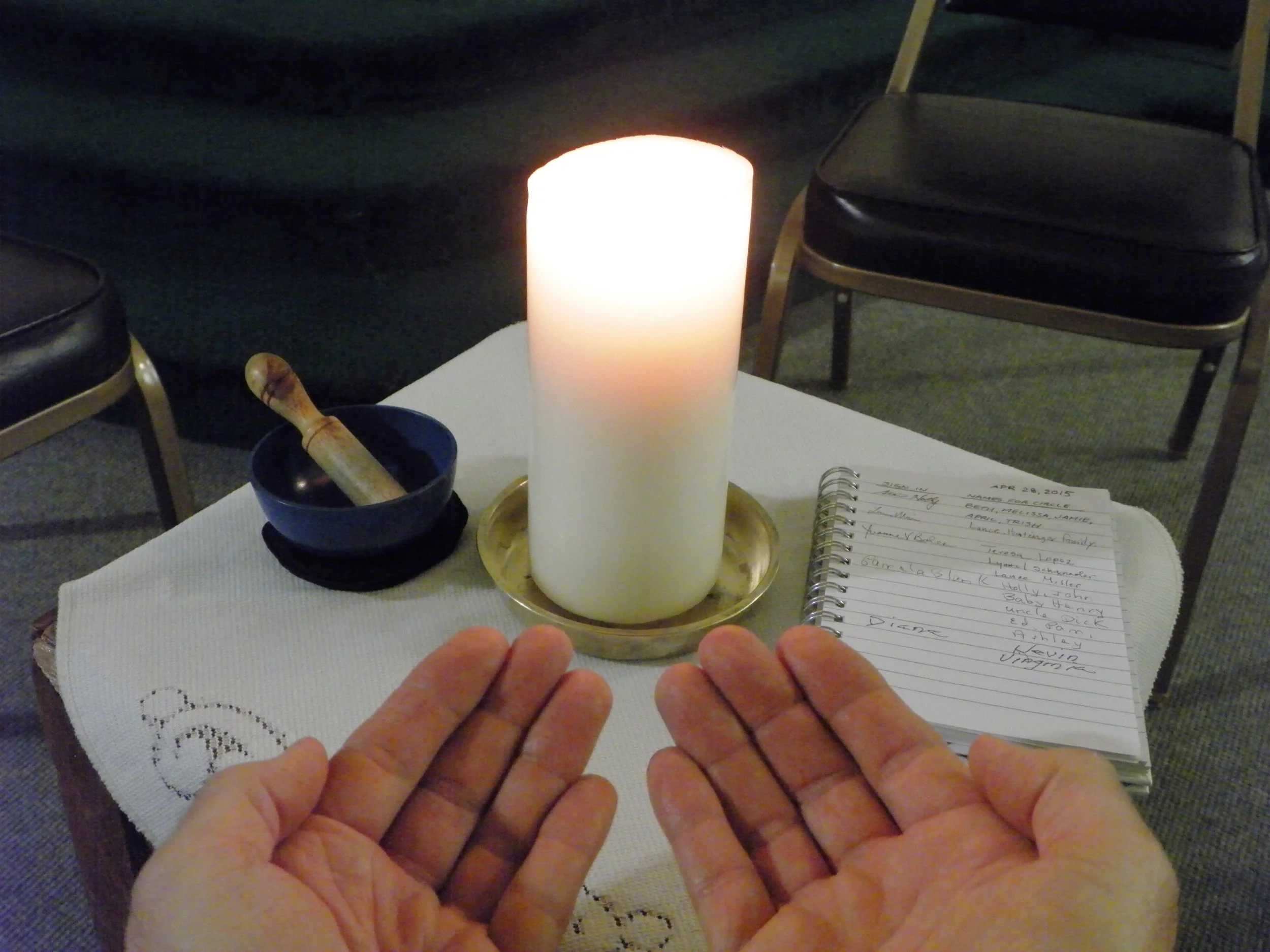Mission Pass
/Except for several low-level passes, travel between east and south bay communities with California’s inland valleys has always been thwarted by the coastal range of hills. Dublin Pass through Castro Valley and Niles Canyon in Fremont are busy routes. However, one of the Bay Area’s toughest commutes is Interstate 680 between Fremont and Pleasanton where motorists are funneled through Mission Pass and over the infamous “Sunol Grade”. Unaware of its storied history, tens of thousands of people travel this route daily connecting the valleys: Livermore, San Joaquin, Central, and Sacramento with the South Bay’s “Silicon Valley”, through the natural gap in Mount Hamilton Range near Mission San Jose.
The Ohlone people settled in this region thousands of years ago in permanent villages near marshes and springs, collected shellfish from the bay shores, hunted abundant migratory waterfowl and established a trail through the natural low-level pass below Mission Peak for trading with inland tribes. Spanish explorers Pedro Fages and Padre Juan Crespi were the first Europeans in 1772 to cross the Pass, later used for clandestine inland expeditions by Spanish soldiers. Jedediah Smith restocked supplies and made wagon repairs at Mission San Jose in 1827 before traveling east through the pass. Two years later Kit Carson traveled the same route after trading furs with the missionaries for fresh produce. John C. Fremont’s California Battalion camped at Mission San Jose and mapped Mission Pass in 1846, staying long enough to be enthralled by the region’s beauty and Mission Valley’s fertile soil, and making an unsuccessful attempt to purchase the entire region.
Following the discovery of a gold at John Sutter’s lumber mill in 1848, hordes of hopeful prospectors disembarked eastern sailing ships in San Francisco and made their way to the village of Mission San Jose where they purchased food and supplies for the trip through Mission Pass to Stockton, the jumping off place for reaching the gold camps of the Sierra Nevada foothills.
Automobile gas stations and garages began replacing buggies and blacksmiths in the early 1900’s and at least six Mission San Jose gas stations and several towing services served motorists heading east through the pass. Fig Tree Station, named for several of the vintage trees planted on the site by Spanish Missionaries, opened in 1925 with two outdoor gas pumps on the gravel roadside. A repair garage, covered fueling area, and restrooms were added in the 1940’s. Through the years the humble little roadside station has provided petroleum products from Mobil, Standard, Flying A, McMillan and Tidewater. Now a Chevron property, with roots in Mission San Jose for 99 years, it patiently serves the local community as well as anxious commuters backed up for miles, unaware that they are following in the footsteps of the Indigenous people, Spanish Missionaries, Trail Blazers, and 49’ers.













